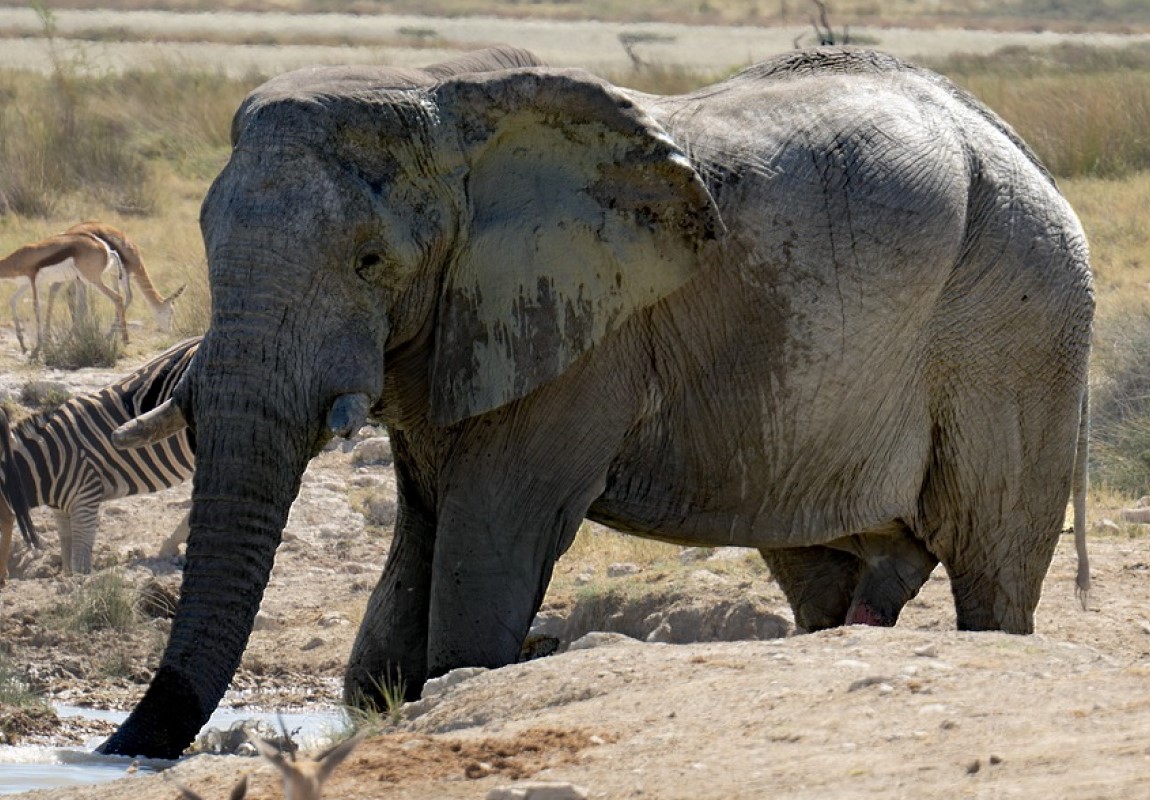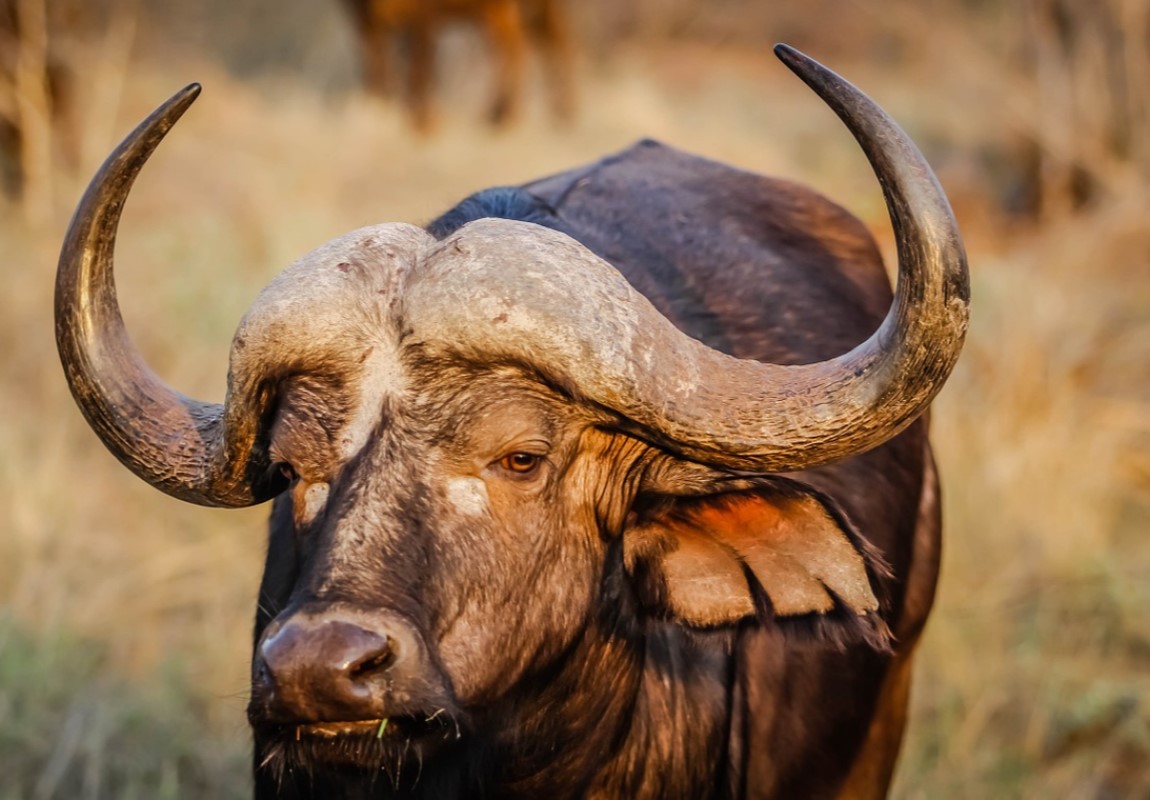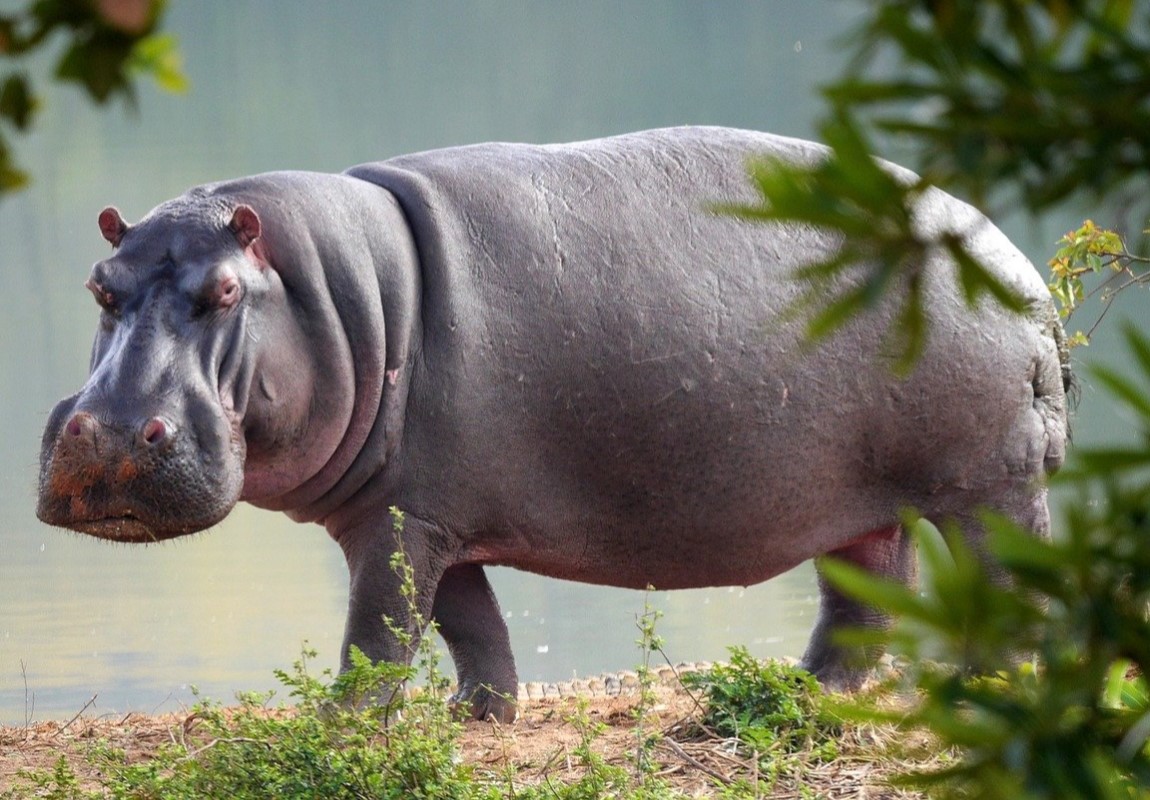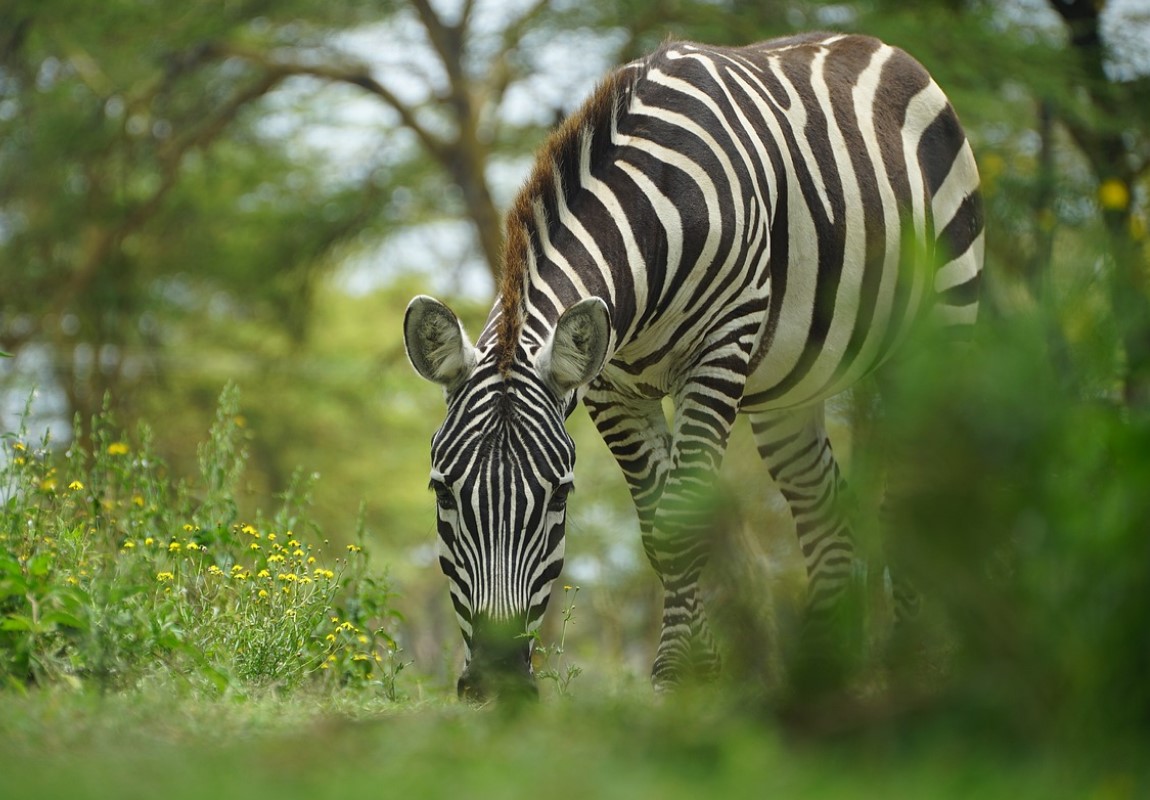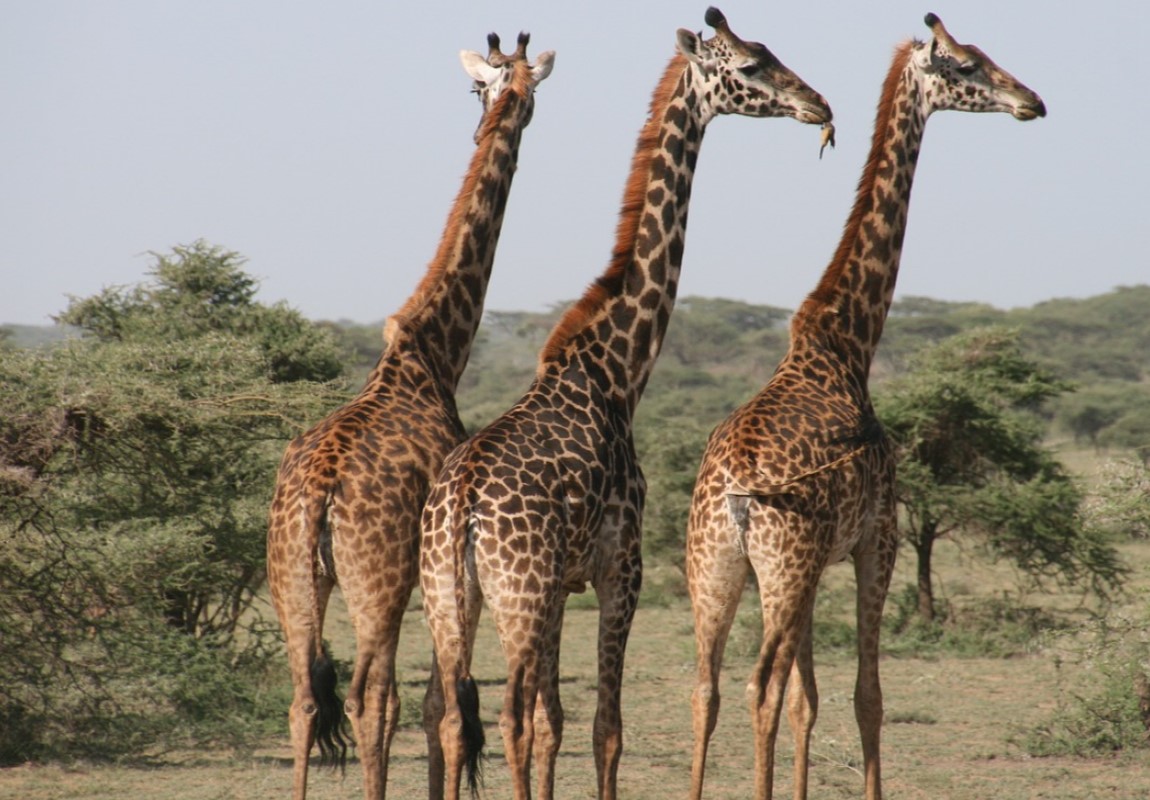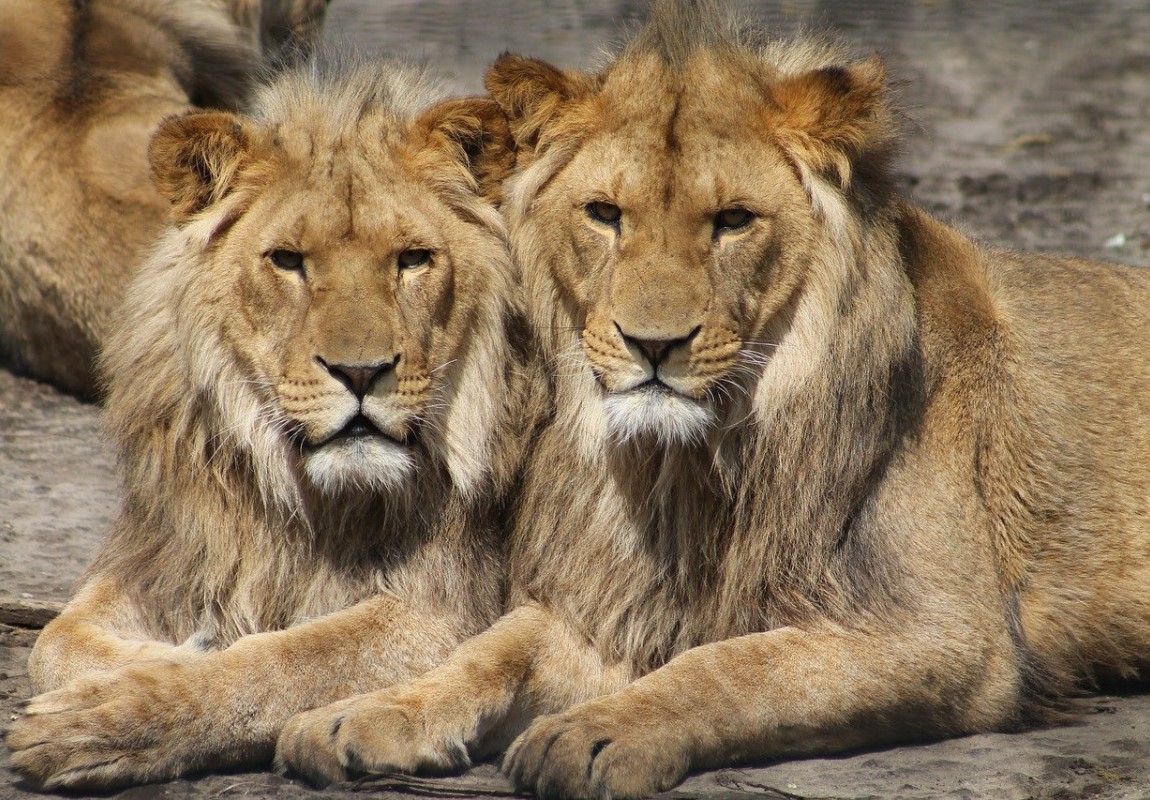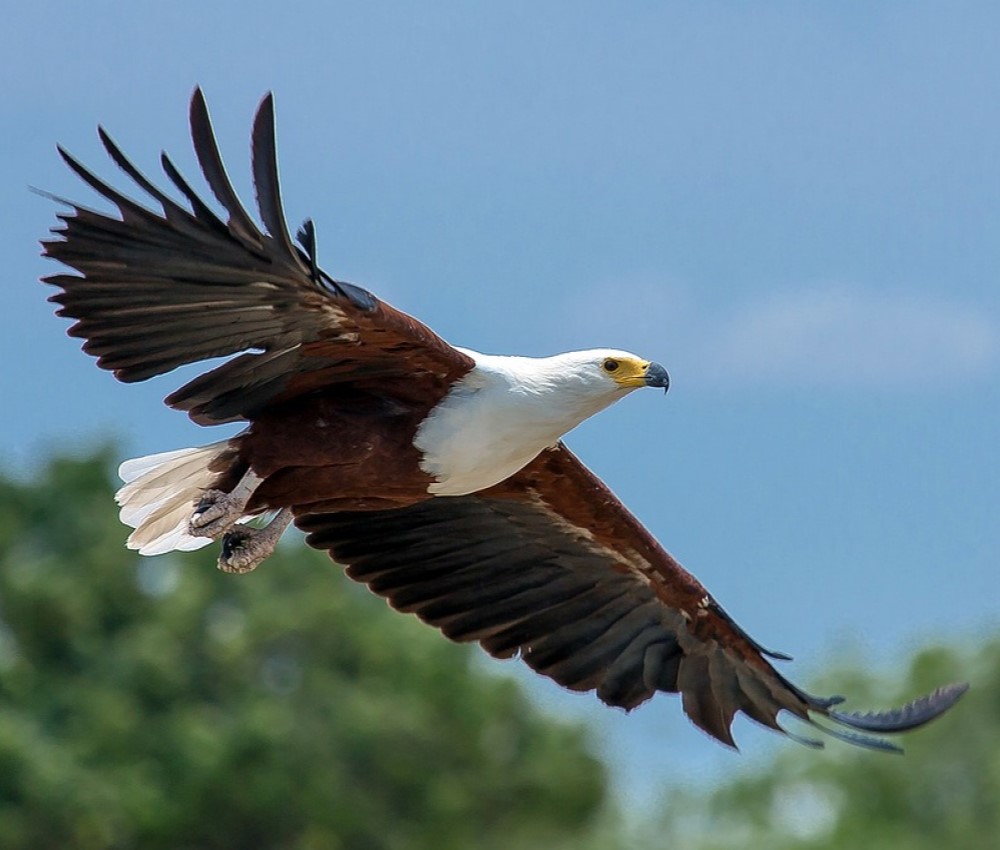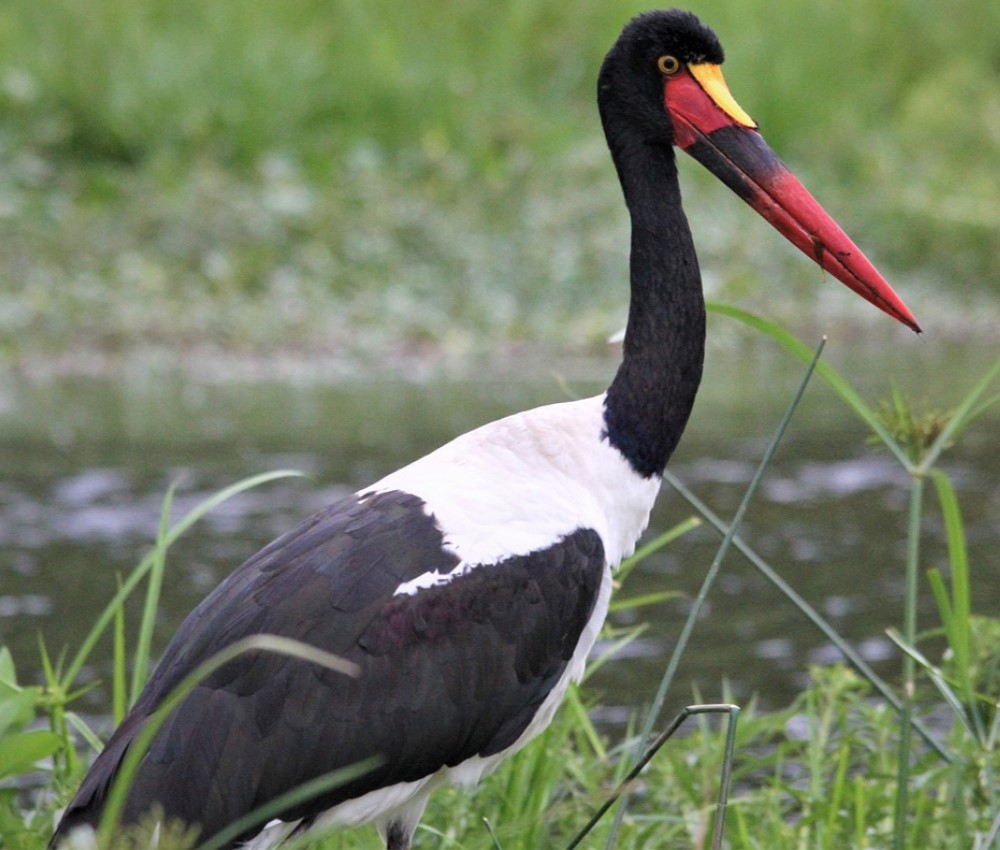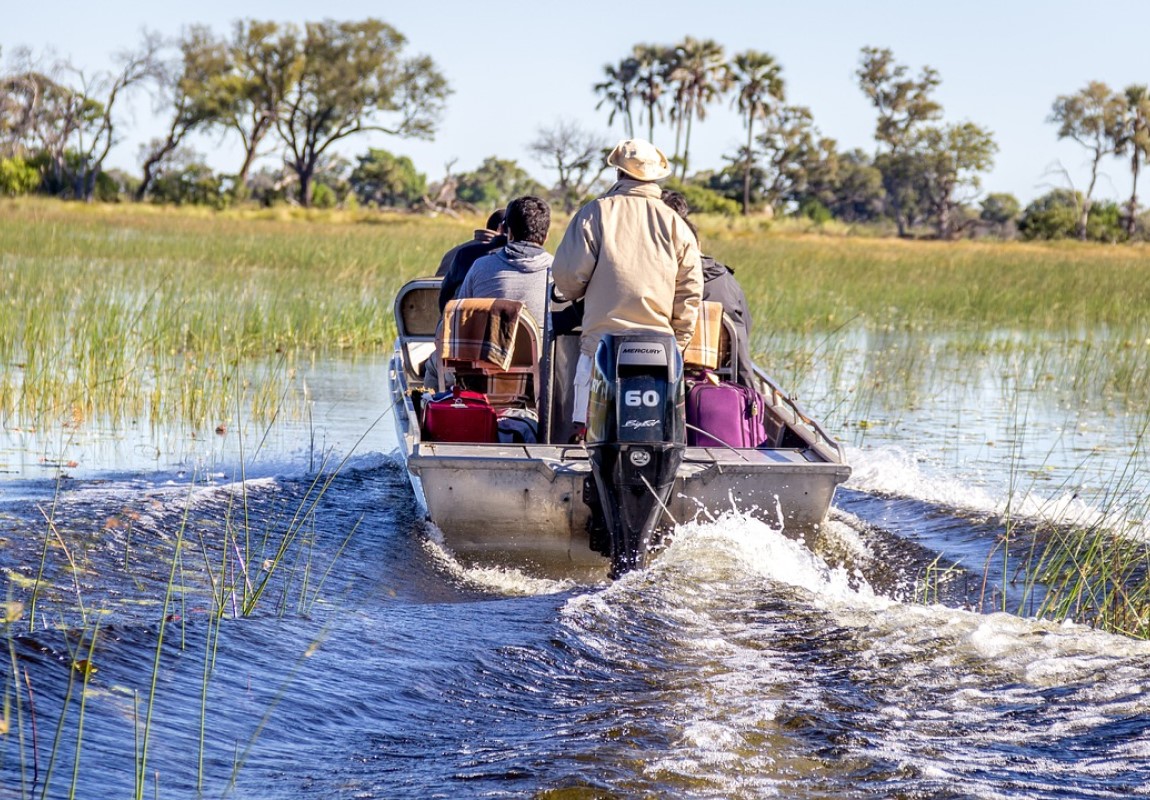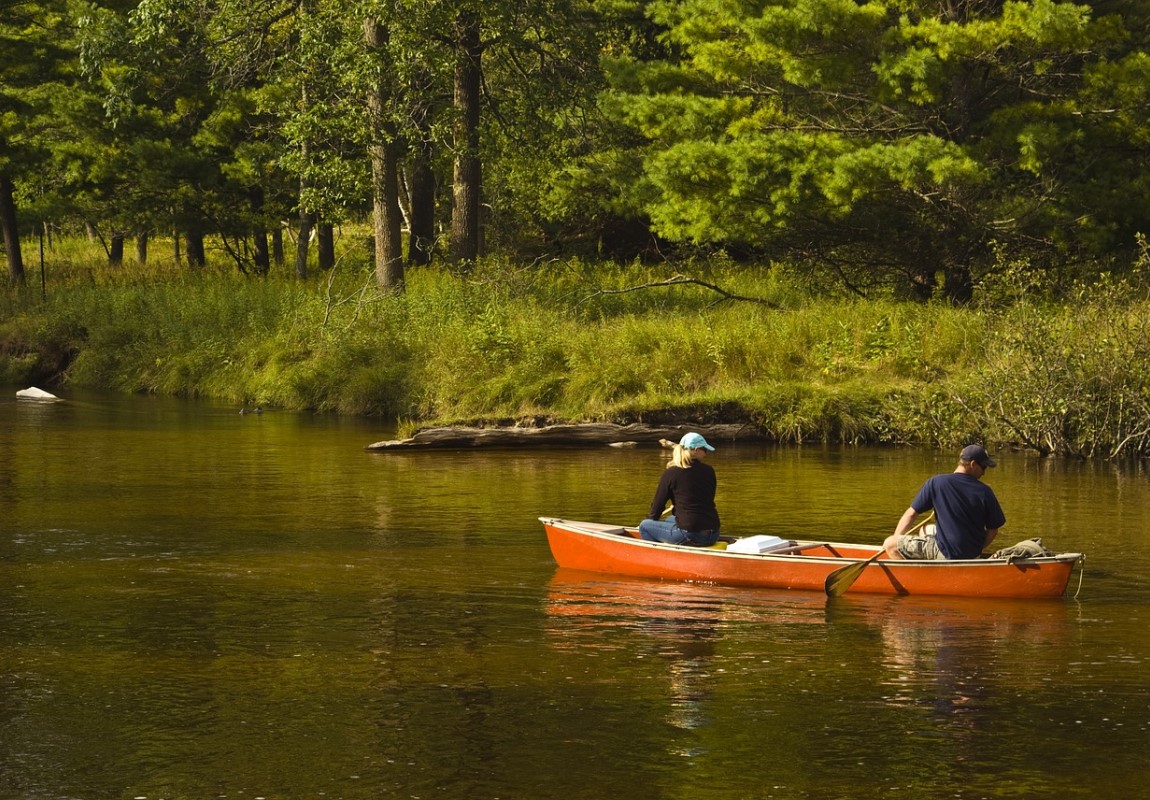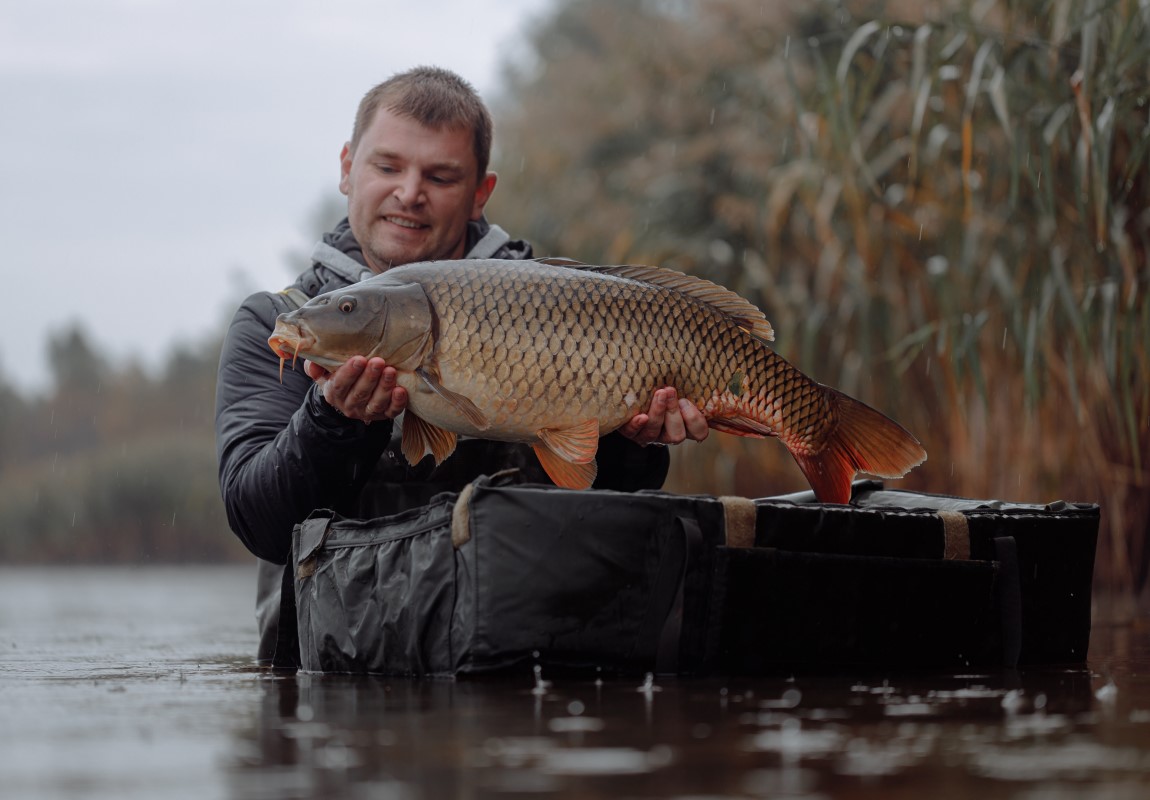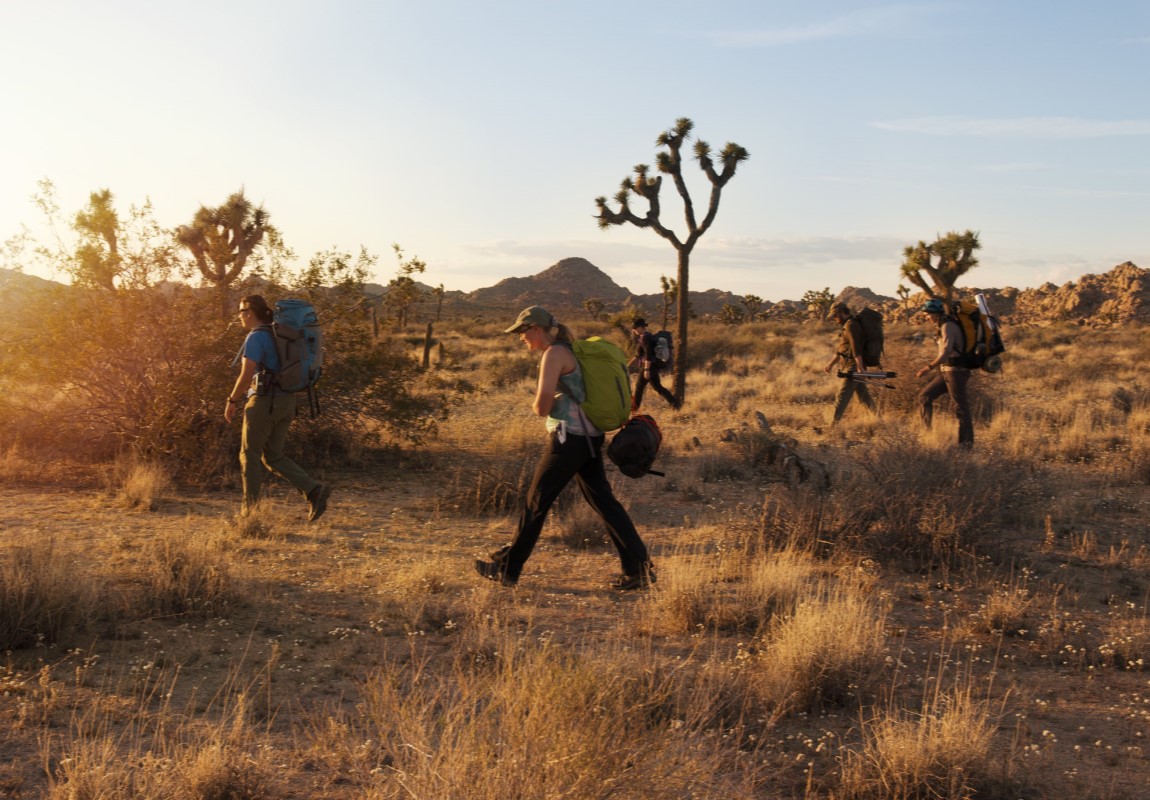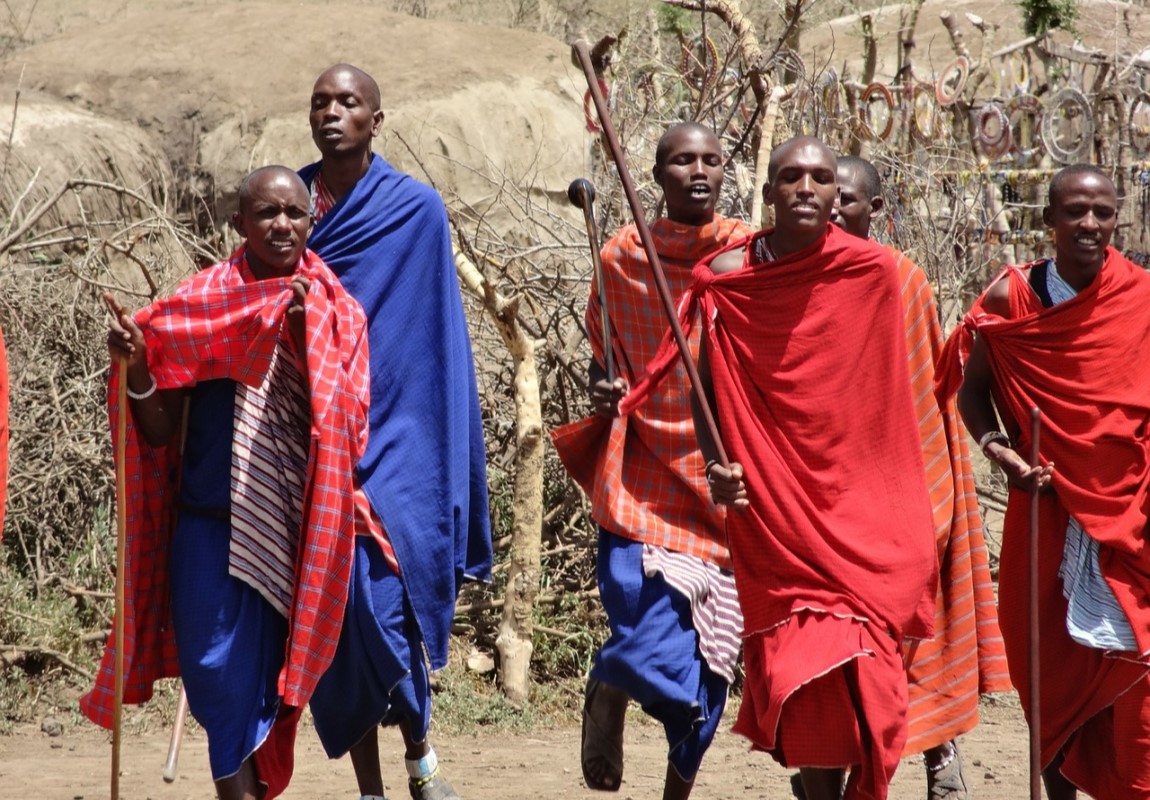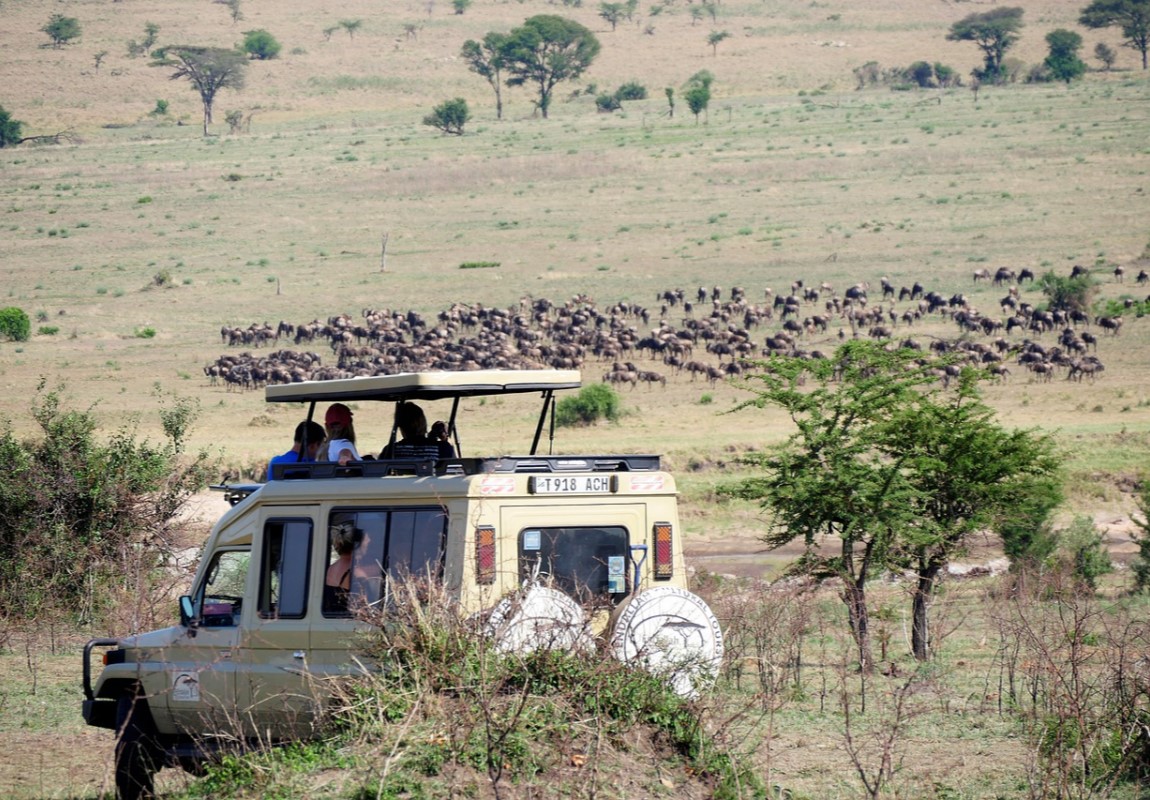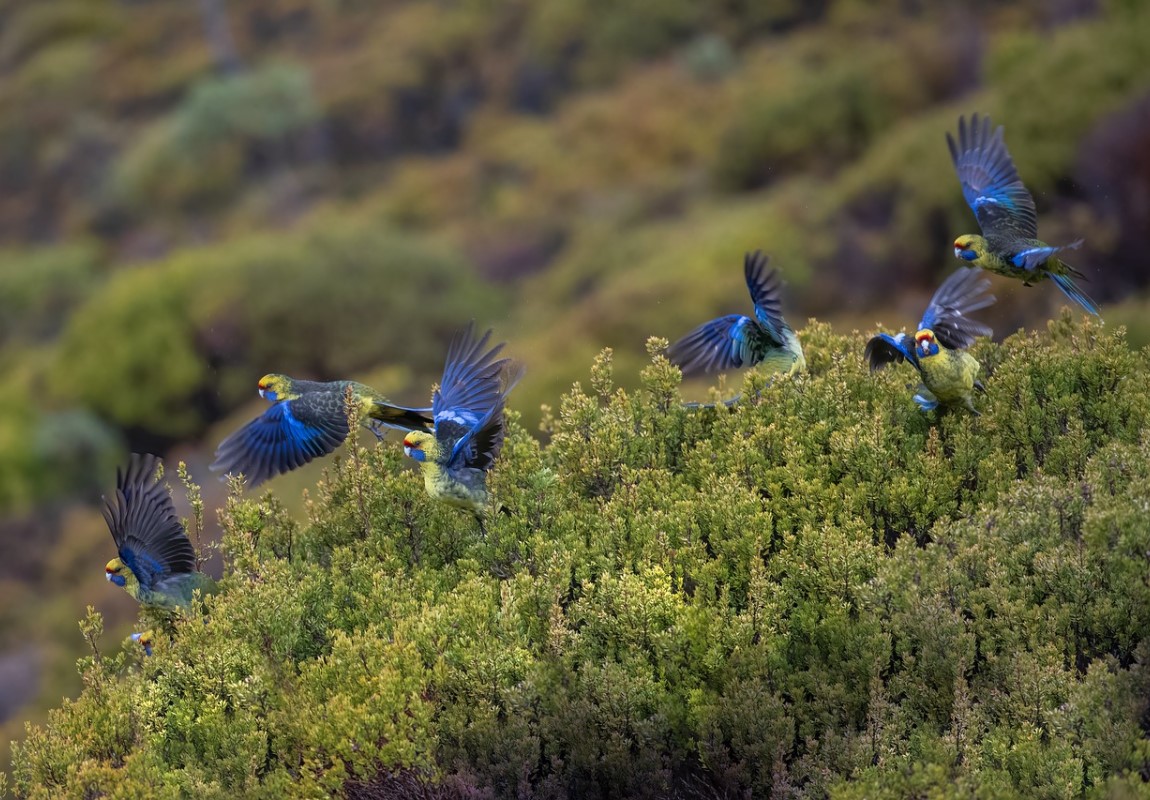Caprivi Strip (Zambezi) 
Caprivi Strip (Zambezi) - Namibia Wildlife Destination
Starting from
$500PP
Overview
The Caprivi Strip, officially known as the Zambezi Region, is one of Namibia’s most ecologically diverse and wildlife-rich regions, standing in stark contrast to the country’s arid deserts. Stretching eastward between Angola, Botswana, Zambia, and Zimbabwe, the region is shaped by four major river systems—the Zambezi, Okavango, Kwando, and Chobe—which create a network of wetlands, floodplains, riverine forests, and open grasslands. These permanent water sources support dense wildlife populations and make Caprivi a crucial migration corridor within the greater Kavango–Zambezi Transfrontier Conservation Area (KAZA), one of the largest conservation landscapes in Africa. Unlike fenced parks, wildlife here moves freely across international borders, following seasonal grazing and water availability. Caprivi offers a classic African safari experience combined with boat safaris, rich birdlife, and a slower, water-shaped rhythm of life that is deeply connected to the annual flood cycles.
Pros & Cons
- High wildlife density compared to most of Namibia
- Permanent rivers and wetlands
- Excellent boat safaris and birding
- Part of the KAZA transfrontier conservation area
- Less crowded than East African safari regions
- High humidity compared to rest of Namibia
- Seasonal flooding can limit road access
- Wildlife sightings vary by park and river system
- Less dramatic desert scenery
Map in Namibia
Want to Visit Caprivi Strip (Zambezi)?
Want to Visit Caprivi Strip (Zambezi)?
Wildlife & Animals
The Caprivi Strip, also known as the Zambezi Region, is a biodiversity stronghold and one of Southern Africa’s most important wildlife landscapes. Its extensive wetlands, floodplains, and river systems provide year-round water and fertile grazing, allowing a wide variety of large mammals to thrive. African elephants are the region’s most iconic species, with large herds moving freely between Namibia, Botswana, Zambia, and Zimbabwe along ancient migration routes. These elephants are frequently seen crossing rivers, feeding in riverine forests, and congregating along floodplains during the dry season. Buffalo are another key species, forming impressive herds that graze the lush grasslands and woodlands. The rivers themselves support thriving populations of hippopotamus and Nile crocodile, both of which are central to the region’s aquatic ecosystems. Hippos dominate shallow channels and lagoons, while crocodiles patrol riverbanks and backwaters as apex predators. Predators such as lions, leopards, and spotted hyenas are present throughout the region, though their movements are influenced by seasonal flooding and prey availability, making wildlife viewing feel dynamic and natural rather than predictable.
Wildlife Highlights
Wildlife highlights in the Caprivi Strip are defined by scale, movement, and water-based encounters. Large elephant herds regularly gather along riverbanks and islands, offering exceptional viewing from both land and boat safaris. Buffalo numbers are among the highest in Namibia, and sightings often include mixed herds moving across open floodplains. The presence of permanent rivers allows visitors to observe hippos and crocodiles at close range, particularly in the Kwando and Zambezi river systems. Another major highlight is the region’s role as part of the KAZA transfrontier conservation area. Wildlife is not confined by fences, and animals migrate naturally across borders, creating a sense of true wilderness. Predators follow these movements, and although sightings require patience, encounters with lions and leopards are especially rewarding due to the region’s low tourist density and unspoiled landscapes.
Best Time for Wildlife Viewing
The best time for wildlife viewing in the Caprivi Strip is during the dry season from July to October. During this period, water becomes scarce away from the main rivers, causing animals to concentrate along riverbanks, lagoons, and remaining waterholes. This significantly improves visibility and increases the chances of encountering large mammals such as elephants, buffalo, and predators. As water levels drop, boat safaris become particularly productive, allowing close observation of hippos, crocodiles, and animals coming to drink. The dry season also offers easier road access and more comfortable temperatures, making it the prime period for both land-based and water-based wildlife experiences.
Want to Visit Caprivi Strip (Zambezi)?
Birds
The Caprivi Strip is widely regarded as Namibia’s premier birding destination and one of the finest birdwatching regions in Southern Africa. The combination of rivers, wetlands, floodplains, reed beds, and riverine forests creates a mosaic of habitats that support an extraordinary diversity of bird species. Both resident and migratory birds thrive here, with fish eagles calling along riverbanks, storks and herons feeding in shallow waters, and colorful bee-eaters nesting in sandy riverbanks. Seasonal flooding plays a crucial role in shaping birdlife, replenishing wetlands and triggering breeding activity. The region supports a mix of waterbirds, raptors, and woodland species, making it an essential destination for serious birdwatchers as well as casual wildlife travelers.
Best Time for Birding
November to March
Want to Visit Caprivi Strip (Zambezi)?
Best Time to Visit – Caprivi Strip (Zambezi)
The best time for wildlife viewing in the Caprivi Strip is during the dry season from July to October. During this period, water becomes scarce away from the main rivers, causing animals to concentrate along riverbanks, lagoons, and remaining waterholes. This significantly improves visibility and increases the chances of encountering large mammals such as elephants, buffalo, and predators. As water levels drop, boat safaris become particularly productive, allowing close observation of hippos, crocodiles, and animals coming to drink. The dry season also offers easier road access and more comfortable temperatures, making it the prime period for both land-based and water-based wildlife experiences.
May to October (Dry Season)
- Excellent wildlife visibility
- Easier road access
- Lower humidity
- Ideal conditions for boat and game safaris
- Dusty conditions
- Vegetation less lush
November to April (Wet Season)
- Lush green landscapes
- Outstanding birding
- Dramatic floodplain scenery
- High humidity
- Flooded roads in some areas
- Wildlife more dispersed
Want to Visit Caprivi Strip (Zambezi)?
Activities
Explore popular activities available in and around Caprivi Strip (Zambezi).
Want to Visit Caprivi Strip (Zambezi)?
No FAQs available for this park yet.

 English
English French
French



